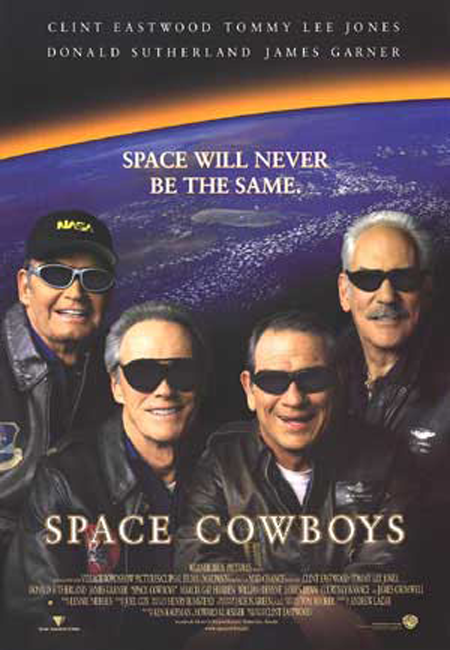A Casual Introduction to Time: All of Your Favorite Movies are in 3D.

[Editor’s Note: Intergalactic Space Cowboy Bonesaw proposed he write a column on space for OL every Saturday. Or thereabouts. The Powers That Be (me) obliged. The following is his madness, not ours. I’d say I vouch for it, but I also vouch for fetish porn and child labor. So take it as you will.]
Time is a dimension. It’s hard to perceive it as a planar dimension given that it is not visually evident as we may find height, width, or depth to be, but it can be explained in a way that may give it relevance to other dimensions despite never exactly emulating one. Spatial relativity dictates time’s expansion with the increase of speed. That is to say that as you travel faster on a planar dimension, you’re experiencing time faster as well.
Another force affecting time is force exerted upon an object. This force that is majorly holding our time in check beyond our speed is gravity. The closer to the gravitational field you are, the slower your time is going to be moving. An easy way to think about this is considering that an accurate clock being held a few feet above you will travel faster, albeit a relatively negligible amount, than a clock on the ground.
This is interesting when considering that if we can alter the speed of an object we can consequentially edit its time path. This is relevant when considering that astronauts experience time at a considerably different pace than us here on earth when factoring in their speed with their distance from large gravitational forces.
Absolute time was the principle in which two good clocks should have an identical time regardless of the events leading up to the time checking. This notion was declared false upon the Theory of Relativity’s supporting realization that the speed of light is seen as the same to all beings irrelevant to their movement. Time has since been considered personal as in this instance each observer would carry an individual clock which wouldn’t agree with each other observer’s clock.
Hawking used the example of a cup sitting on a table versus a cup that has been smashed to pieces by falling off of said table. The cup on the table is in a state of order while the smashed up is in a state of disorder. The chances in which an ordered state diminishes into a disordered state increases with time, however we don’t see cups putting themselves back together and flying up to the table again. This is an example of not only a term known as the Arrow of Time, but also the second law of thermodynamics which Hawking uses to govern time. “In any closed system disorder, or entropy, always increases with time. In other words, it is a form of Murphy’s Law: things always tend to go wrong!”
The Arrow of Time is much more than what is likely the name of an awful metal band, but also a point used to exhibit time as a fourth dimension dating back to 1927 by Arthur Eddington. An easy way to visualize this arrow of time is that it is traveling on a one dimensional plane, such as if an arrow was fired and didn’t rise or sink but rather only went straight forward, at a consistent speed. That speed could be affected by alterations in space-time, such as gravity from a massive object. This Arrow of Time has been utilized in a variation of ways, including a means of depicting the universe’s continuing expansion and giving sense to the laws of thermodynamics in which all points travel forward.
The interaction and relation between space and time exhibit an inherent link beyond their dimensional values. They’re now, in many respects, regarded to be inseparable through space-time. The classic visualization of how space-time can be warped, such as how gravity makes time and space stretch, is how a bowling ball can bend a trampoline. The fabric expands as you introduce a massive force.
Fun Fact: the most important thing we’ve learned in regard to time being considered a dimension is that all movies were previously 3D, and we must now recognize the greatest movie ever made to be called “The Final Destination 4D.” This also means that you have to consider other movies in 3D. Just do it to amuse me. Citizen Kane and Schindler’s List in 3D. I am Sam in 3D. Marley and Me in 3D. The possibilities are as endless as they are awesome.
One more interesting fact about gravity’s effect on space-time is that it affects everything that it encompasses. This can be seen when looking at the effects a star directly behind another massive object such as the sun. You would assume that you wouldn’t be able to see the star as it is directly behind the sun because it wouldn’t travel through it, however the light waves are affected by the sun’s gravity and will consequentially bend on their path and be redirected towards, in this situation, earth.



